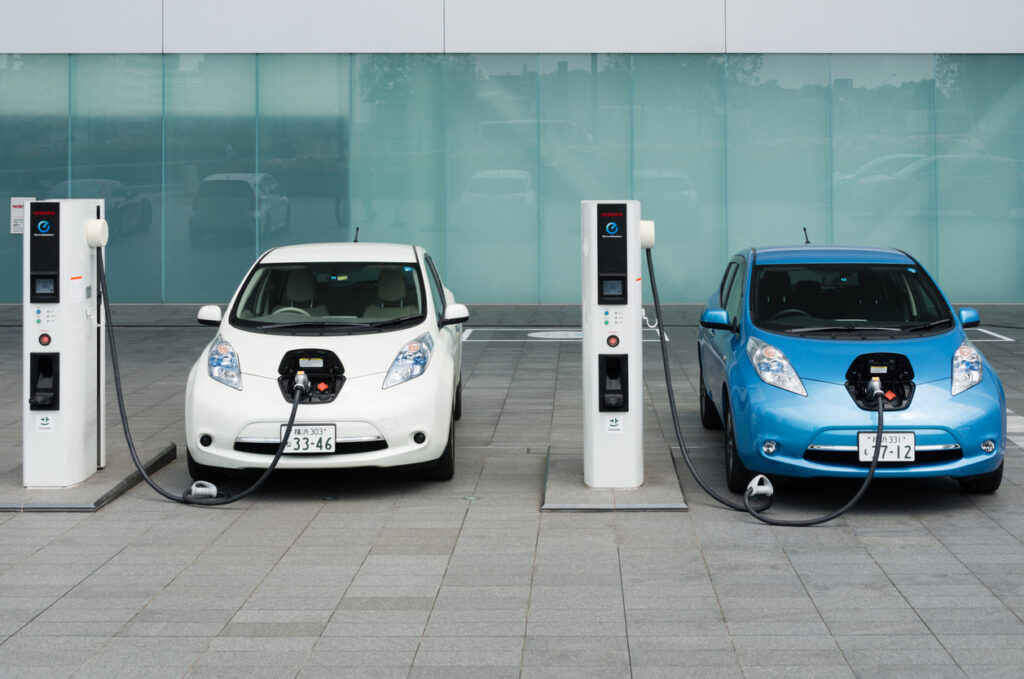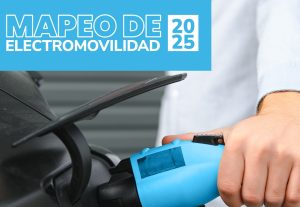Charging infrastructure for electric vehicles continues to be a key topic of discussion, regarding the ambitions of Latin American countries to pursue this new mobility transition. Profitability and business model change also represent a crucial challenge for the development of innovative technologies.
The Latam Mobility Videocafé Series, a networking space for leaders from the electric mobility sector, was conducted by Jorge Suarez, Commercial Director of VEMO, where they expressed their views on the opportunities foreseen in the region to balance recharging points to the amount of electrified cars on the market.
Gonzalo Melo, Professional Expert on Mobility at Enel X assured that electric mobility has a very wide business perspective for the future, and they are working hard to make it a reality.
“When a customer calls to install chargers at home, challenges about feasibility start to arise. We take care of solving their concerns, but sometimes it is not possible and it has to be transferred to the public recharging system, where there are also mental barriers due to lack of knowledge”, he pointed out.
Melo said that there are different market segments, stressing that individual chargers are monetized and it is a developing business, as customers are installing chargers in homes and companies.
Regarding the public system, he considers that it is on its way to become a business, because there are interesting projects to connect cities. Concerning punctual recharging for company fleets, the Enel X representative believes that “there is a pure business” due to factors like energy sales and infrastructure purchase, which is advancing by leaps and bounds.
“Electric mobility has phases in different countries that advance faster or slower, but it is being developed with high potential and new things will come,” Melo estimated.
He celebrated that in Colombia, regulations are being implemented promoting electric mobility with support from institutions. “We must continue as we are going, but with more vehicles. There are many challenges for people and entrepreneurs to become aware that switching to electric mobility is simple and is best for everyone. We seek to reduce emissions because there is only one planet,” he added.
Outlook in Brazil
Henrique Gross, Segment Manager for Mobility and FACTS – LAM at Hitachi Energy explained that in Brazil, the organization has a focus on chargers for fleets. “We have to look for a special solution to fleet operators, and we have two main pillars: investment optimization and equipment reliability. It is a machinery designed for an industrial application on transportation,” he said.
He stated that one of the challenges to strengthen electric mobility and recharging systems is how to make better use of space in parking lots, which is why he proposes an integrated solution to increase efficiency.
He highlighted that in Brazil there is a very good legislation for fleets and large parkers because it is considered an industry. “These vehicles in the future are not only going to consume energy but also inject energy into the grid. The challenges are incredible because we are thinking about residential chargers, but the way they are installed and how they are charged is complex and needs to be discussed.
“If there is a regulation that fails, you have to rethink the whole system”. Gross considers it fundamental to attract electric vehicle manufacturers to have a sufficient market.
Advances in Colombia’s Legislation
Michael Arroyave, Product Engineering Leader Electric Mobility at Celsia detailed that in Colombia there are already regulations providing discounts to large electric vehicle fleets. He stressed that charging infrastructure must be a business for both companies and customers, so that both see the change and investment savings they make. “We must dimension the installation to meet costs and customer needs,” he said.
In addition, Arroyave argues that public charging facilities do not generate profitability at this time due to the lack of spaces which are rented at high prices.
He revealed that projects are being prepared in Colombian territory to link cities with chargers at less than 100 km on the roads over the next few years. “We want to ensure customers can travel to major cities and hope to reach the Caribbean coast,” he emphasized.
Regarding Celsia’s work, he explained: “We do the scaling to know what is the need of each customer. We accompany them in all the processes to ensure that the experience is in line with what they need. We offer a recharging service to eliminate the investment of an own charger, we give a monthly fee to increase access to customers”, among others.
Sowing for the future
Tania Morgan, Electromechanical Engineer and Country Manager of Greenspace E-mobility pointed out that although the business model in charging infrastructure is not established, it is on the right track.
“The sector is just starting in Panama, and we expect it to be fruitful in the coming years.” She warned that there are “bottlenecks in regulation” that must be addressed to move forward on issues such as fees charged for parking instead of power. “That regulation must change, that’s what we hope, and we celebrate that the first electric mobility law in the country has already been passed.”
Among the projects Greenspace E-mobility addresses is roadside charging. Furthermore, she explained that they carry out a “turnkey” program, where they do all the paperwork for the customer to have his charger and measuring device, with the objective of supplying his electric vehicle.
Morgan said that it is vital to carry out a campaign to inform people who are still afraid of acquiring these new technologies and to work hard to expand the charging network.
Alejandro Valdovinos, AC Chargers Business Unit Director of Circontrol, pointed out that the company has been working on electric mobility for approximately 10 years, and is currently starting to have business opportunities by implementing the technology in the public sector and residential communities.
About the work of the company he represents, he explained: ” At Circontrol, we started back in 2008 with charging systems. Our goal is to focus on manufacturing charging solutions and to cover the entire spectrum of solutions on different markets, so we have to build a very strong expertise”.
He stressed that although it is important for the end user to know about Circontrol’s brand because of the large number of tools, they have broad partnerships on the market in order to provide the best possible service.
Valdovinos expects that the expansion of recharging technologies will require governments to comply with their investment plans, and to reduce bureaucratic red tape on regulations to accelerate the changes.




